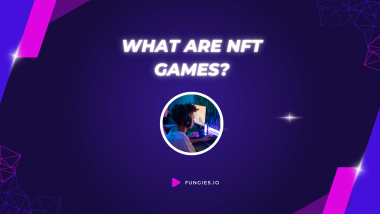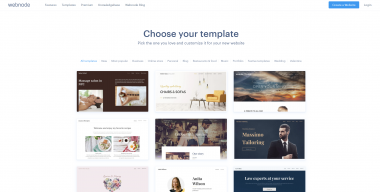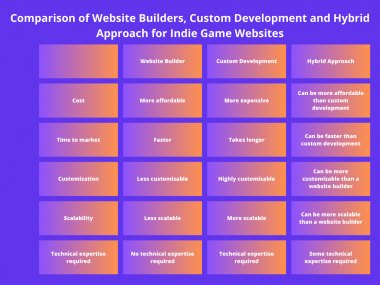“2023 Mobile Growth and Monetization” Report by Unity
The “2023 Mobile Growth and Monetization” report by Unity stands out as an invaluable resource for anyone in the mobile gaming industry, especially indie developers. Compiled by seasoned industry experts, this report dives deep into the current trends and strategies in mobile game monetization, offering a wealth of knowledge backed by in-depth analysis and data. This report isn’t just a collection of data; it’s a roadmap for indie developers seeking to navigate the complexities of game monetization (like IAP) with confidence.
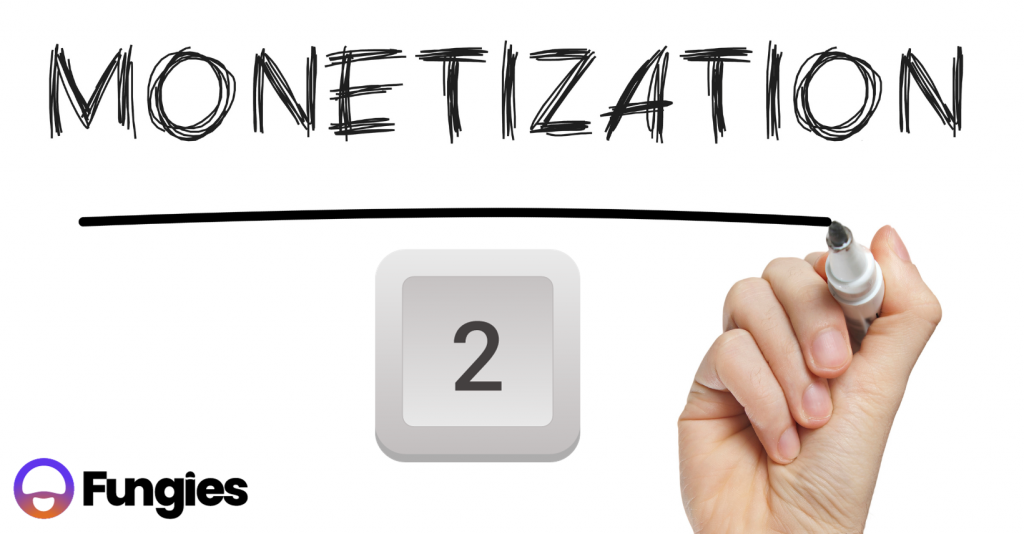
Introduction to Part 2 – Focusing on In-App Purchase Conversions
Welcome back to our series on the “2023 Mobile Growth and Monetization” report by Unity. In the first piece, we provided an overview of the report and a quick overview of its contents.
Today, in Part 2 of our series, we explore the first of several concepts outlined in the report – Improving IAP (In-App Purchase) Conversions.
In-App Purchases – What to Expect?
In-App Purchases are a cornerstone of revenue generation in the gaming world. However, converting players into paying customers involves more than just offering attractive in-game items or features. It requires an understanding of player behavior, strategic pricing, and integration of these purchases into the gaming experience. In this article, we will break down these components and provide you with actionable insights from the Unity report to enhance your IAP conversion rates.
Introduction to In-App Purchases (IAPs)
If you are well aware of what IAPs are you can safely skip this part, but if you’d like to learn more about them and their history, we invite you to continue reading.
It’s always good to start by having a thorough understanding of the concept being discussed. So here is a bit of theoretical knowledge.
In-App Purchases (IAPs) – the Definition

In-App Purchases, commonly referred to as IAPs, are a modern monetization strategy integral to mobile gaming. They allow players to buy virtual goods or additional content directly within a game. This can include anything from aesthetic enhancements, like character skins, to functional upgrades, such as power-ups or access to new levels.
The Emergence of IAPs
The concept of IAPs began to take shape in the early 2000s. It gained significant traction with the rise of smartphones and app stores. This period marked a transformative phase in the gaming industry, introducing a new way for developers to generate revenue from their games.
IAPs and the Evolution of Game Monetization
Before IAPs, most games relied on a one-time purchase model. The advent of IAPs shifted this approach towards a more dynamic model based on micro-transactions. This change was not just about how games earned revenue; it also influenced game design. Games started to focus more on engaging players continuously, encouraging them to make regular purchases.
The Impact of IAPs in Today’s Gaming World
Today, IAPs are integral to the mobile gaming industry. They are especially important in free-to-play games, which dominate app stores. Through IAPs, developers have found a sustainable method to monetize their games, benefiting from ongoing player engagement and purchases.
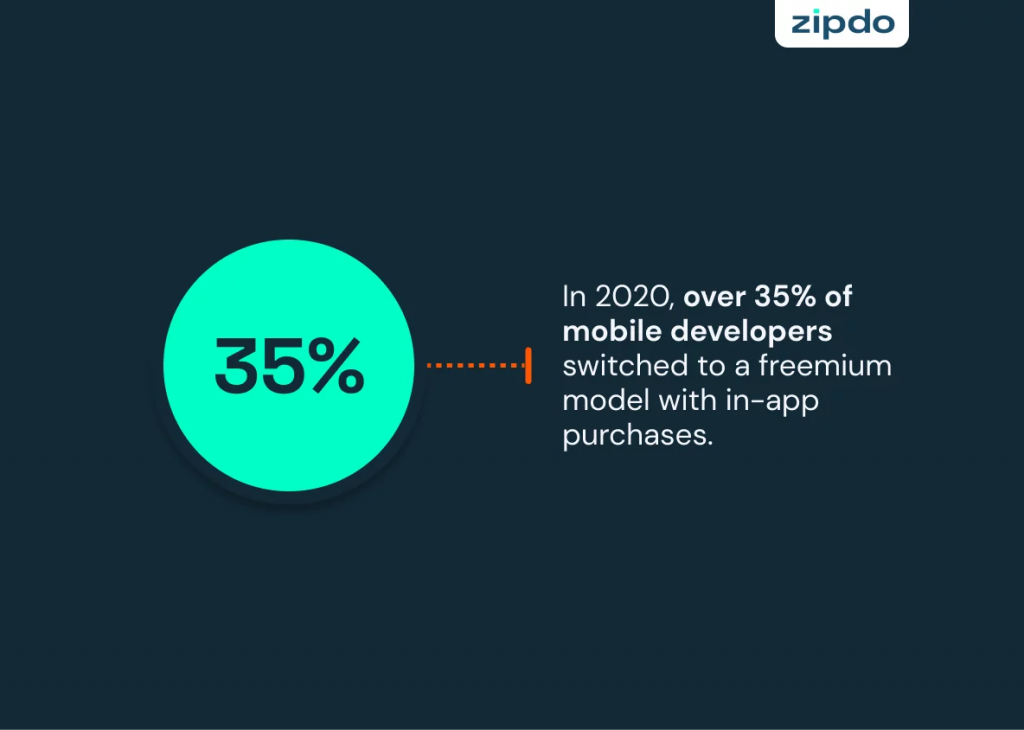
Having said that understanding how to maximize IAPs conversion has a significant influence on the developer’s budget. It’s a key business decision that should influence game design.
So what does the Unity report tell us about in-app purchases?
The Critical Window – The First Two Weeks

Understanding the Importance of the First Two Weeks
The initial two weeks after a player downloads your game are a crucial period, often determining the game’s monetization success. The “2023 Mobile Growth and Monetization” report highlights that this timeframe is when players are most receptive and likely to make their first In-App Purchase (IAP). This period is often referred to as the ‘honeymoon phase’, where player engagement and interest are at their peak.
Effective Engagement Strategies
Knowing that engaging players right from the start is essential. The key is to introduce IAPs in a manner that feels natural and adds value to their gaming experience. This could be through special introductory offers, showcasing the benefits of premium features, or providing limited-time discounts. The goal is to demonstrate the value of IAPs without making them feel like a necessity for game progression.
Seamless Introduction of IAPs
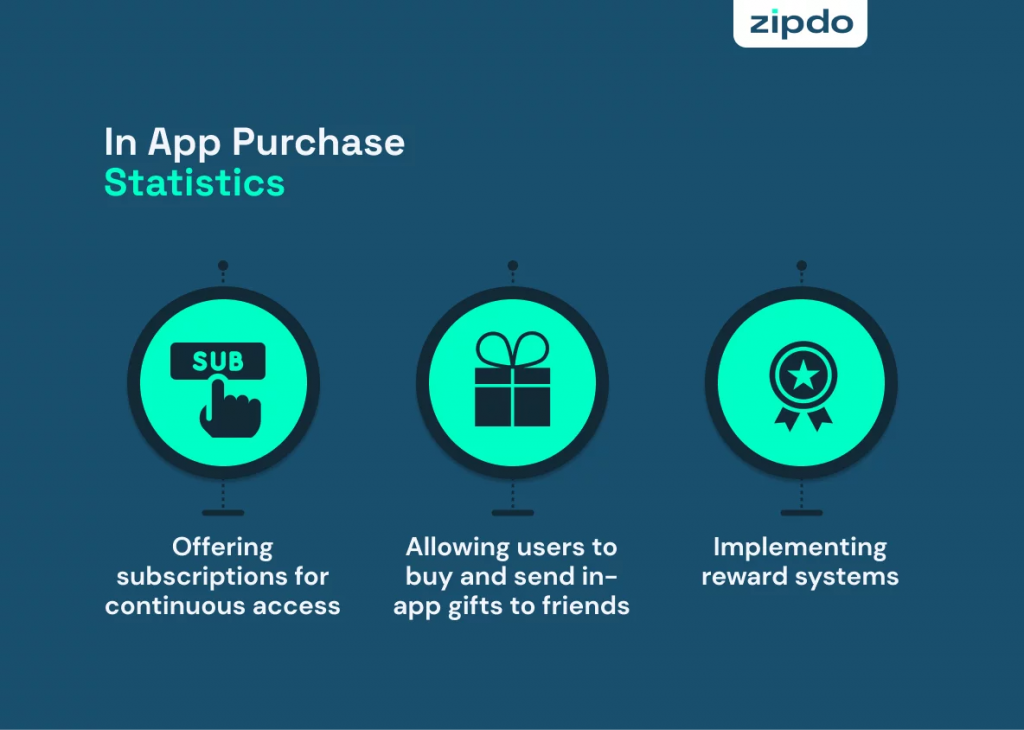
Introducing IAPs should be a seamless part of the gaming experience. Avoid aggressive sales tactics that can turn off players. Instead, opt for subtle prompts that align with the gameplay. For example, after a significant achievement or level-up, you can gently introduce an IAP offer that complements the player’s progress.
Creating an Immersive Experience
An immersive gaming experience encourages players to invest in IAPs. Ensure that the game’s environment, storyline, and characters are engaging enough to keep players interested. When players are deeply involved in the game, they are more likely to see the value in purchasing additional features or content that enhances their experience.
Recognizing Player Diversity in IAP Interactions
While each player’s interaction with In-App Purchases (IAPs) is unique, common patterns do emerge. The report notes that limited-time sales and bundles are particularly successful in driving IAP revenue, accounting for 15% to 20% and 18% to 15% respectively. Understanding these trends is key to creating an effective IAP strategy. For instance, some players are drawn to cosmetic enhancements that don’t affect gameplay but enhance personalization, such as character skins or customizations. On the other hand, others may prefer functional upgrades that offer tangible benefits in the game, like advanced tools, weapons, or unlocking new levels.
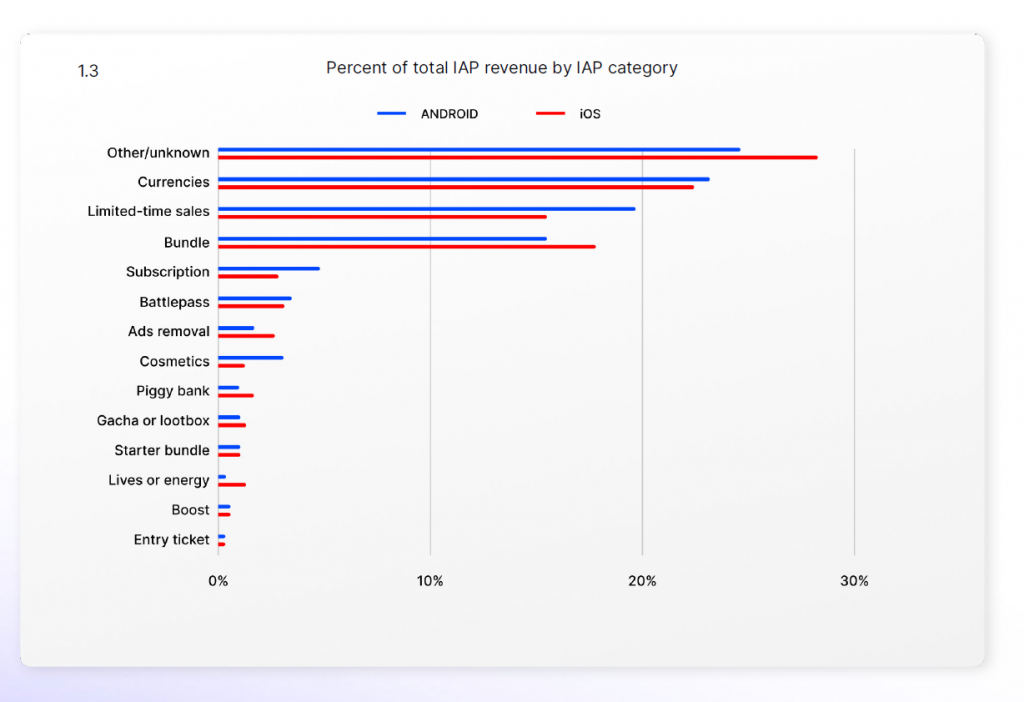
Leveraging Data to Understand Purchasing Behaviors
Data analytics plays a crucial role in uncovering these preferences. By examining purchase histories, player engagement metrics, and feedback, developers can gain insights into what drives players to make purchases. The report emphasizes the importance of offering a variety of IAP items, as different types might be more successful depending on the game genre. Developers who understand their players’ behavior can more effectively tailor their IAP offerings.
Segmenting Players for Targeted IAP Offers
Segmentation is a powerful tool in this context. By grouping players based on their behavior and preferences, developers can create targeted IAP offers. For example, players who spend a lot of time customizing characters might be more interested in new cosmetic items, while those who are focused on mastering the game might appreciate functional upgrades that enhance their gameplay experience.
Adapting IAP Strategies to Player Feedback
Player feedback, both direct and indirect, is invaluable in refining IAP offerings. Paying attention to how players react to different types of IAPs, what they are saying in forums, or how they respond to in-game surveys can provide further insights into their preferences. This information can be used to adjust IAP strategies, ensuring they align with what players enjoy and value in the game.
Optimizing In-App Purchase Pricing – Balancing Value and Cost

The Art of Pricing in Mobile Gaming
Determining the right pricing for In-App Purchases (IAPs) is a nuanced task that goes beyond mere calculation. It’s about understanding the perceived value of your offerings from the player’s perspective. The report highlights that setting an attainable price point is crucial for IAP conversion, with first purchases typically in the $1.01–$5.00 USD range. The aim is to set a price that players feel is fair and justified, considering the benefits they receive. This balance is crucial for encouraging purchases without deterring players due to high costs.
Experimenting with Different Pricing Models
Diverse player bases require flexible pricing strategies. One effective approach is tiered pricing, where different levels of IAPs are offered at various price points. According to the report, it’s beneficial to price more popular items for first-time buyers, such as bundles or beginner packs, below or equal to $5, and also to offer choices for purchases between $1 and $5. This method caters to players with different spending capacities and motivations. For instance, some players may prefer to make small, frequent purchases, while others are willing to invest more for premium content. Offering a range of options can maximize revenue opportunities across different player segments.
Understanding Perceived Value
Perceived value plays a critical role in how players interact with IAPs. Often, players are willing to pay more if they perceive a higher value in what they’re purchasing. This perception can be influenced by factors like exclusivity, the impact on gameplay, or even the aesthetic appeal of the item. It’s important to communicate the value of IAPs effectively to align with the player’s perception of worth.
Aligning Prices with Player Expectations

Consistency in pricing also matters. Prices should align with the overall game experience and the expectations set by similar games in the market. Sudden changes or inconsistent pricing can confuse and alienate players. Regularly reviewing and adjusting prices based on market trends, player feedback, and in-game data is vital to maintain a competitive and fair pricing strategy.
Encouraging IAPs through Strategic Game Design
Encouraging IAPs through game design is about creating a gaming environment where the value and benefits of premium features are evident.
Seamless Integration of IAPs into Game Mechanics
Integrating In-App Purchases (IAPs) into the core game design can subtly guide players towards making purchases. This integration can be achieved by embedding IAPs into game mechanics in a way that feels natural and enhances the gameplay experience. For example, you can introduce special abilities or exclusive items that are accessible through IAPs, demonstrating their added value to the game.
Utilizing Special In-Game Events
Special in-game events are a powerful tool for showcasing the benefits of IAPs. These events can provide players with a taste of premium features or items, thereby piquing their interest in the full experience. For instance, a limited-time event where players can use a premium character or item can illustrate the advantages of making a purchase, encouraging players to engage with IAPs to continue enjoying those benefits.
Progressive Exposure to IAP Features
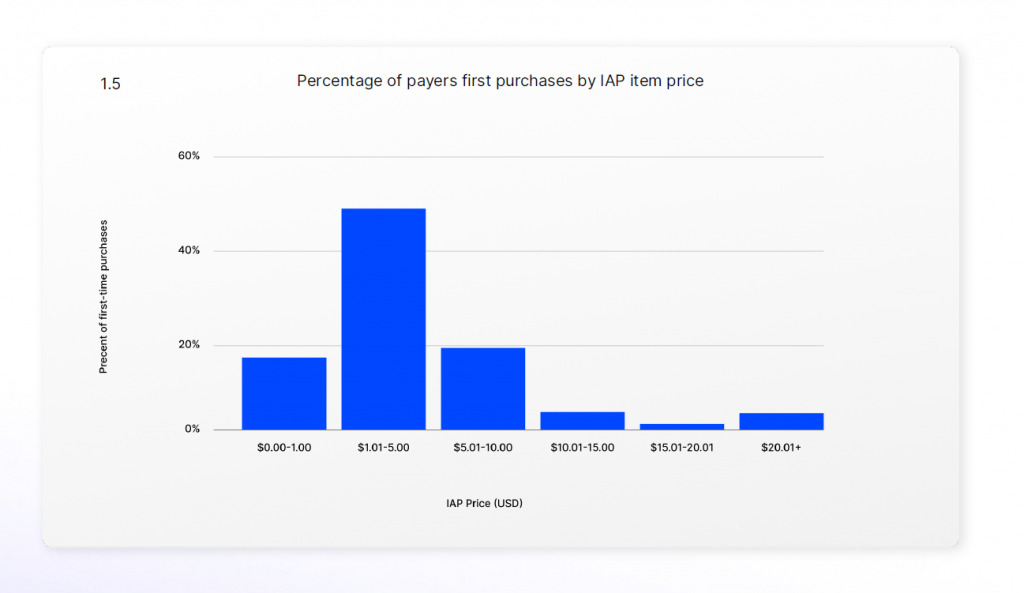
Gradually introducing players to IAP features is another effective strategy. Start by offering smaller, less expensive items and gradually introduce more valuable or impactful ones as the player progresses through the game. This method allows players to become accustomed to the concept of IAPs and understand their value over time.
Balancing Free and Premium Content
Balancing free and premium content is crucial. While it’s important to promote IAPs, ensuring that players who don’t make purchases still have a satisfying experience is essential for long-term engagement. This balance can be struck by providing enough free content to keep players engaged, while positioning premium content as an enhancement rather than a necessity.
Creating a Desire for Upgrades
Design elements such as achievement systems, leaderboards, or showcasing other players’ premium items can create a natural desire for upgrades. Seeing the benefits of premium items in action, either through other players or in-game prompts, can motivate players to make purchases.
Enhancing IAP Strategies with Personalization and Targeted Offers
The Power of Personalization in In-App Purchases
Tailoring In-App Purchase (IAP) offers to align with individual player behaviors and progress can boost player engagement and satisfaction. By leveraging data analytics, developers can gain insights into player preferences and playing habits, allowing them to create offers that feel bespoke and relevant to each player.
Using Data Analytics for Customized IAP Offers
Data analytics is a powerful tool in understanding player patterns. This involves analyzing gameplay data to identify what players enjoy, which levels they find challenging, or what items they use most. Armed with this information, developers can craft IAP offers that directly appeal to players’ interests. For example, if a player frequently uses a particular type of in-game tool, offering them an enhanced version of that tool as an IAP can be highly effective.
Targeted Offers Based on Player Progress
Segmenting players based on their progress and tailoring offers accordingly can lead to higher conversion rates. Early-stage players might be more inclined towards items that aid in quick progression, while more advanced players might value exclusive or rare items that enhance their status in the game. Recognizing these nuances and customizing offers can make IAPs more enticing.
Enhancing Player Experience through Relevant Offers
The key to successful personalized offers is to enhance the player’s experience without overwhelming them. Offers should feel like a natural part of the game’s progression, not a hard sell. This balance is crucial in maintaining a positive player experience and encouraging repeat purchases.
Regular Updates and Evolving Strategies
Personalization strategies should not be static. Regular updates based on ongoing data analysis and player feedback are essential. As player preferences and game dynamics evolve, so should the IAP offerings. This dynamic approach ensures that the game remains engaging and relevant to the player’s current gaming experience.
The Journey of Continuous Improvement
Improving IAP conversions is not a one-time task but a continuous journey of learning and adaptation. The mobile gaming landscape is always evolving, and staying adaptable is key to success. By consistently analyzing player behavior, updating your strategies, and being responsive to feedback, you can keep your monetization strategies fresh and effective.
By understanding your players, smartly pricing IAPs, integrating purchases seamlessly into your game design, and personalizing offers, you’re well on your way to boosting your game’s revenue. Keep experimenting, learning, and adapting—your efforts will pay off in the long run.

Also, stay tuned for the next posts in this series where we explore the insights from the 2023 Mobile Growth and Monetization Report by Unity.




